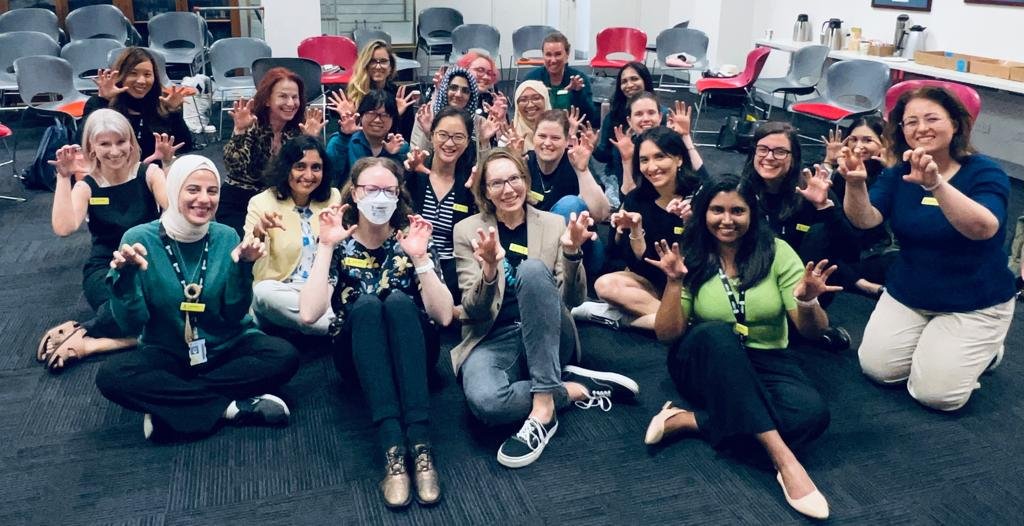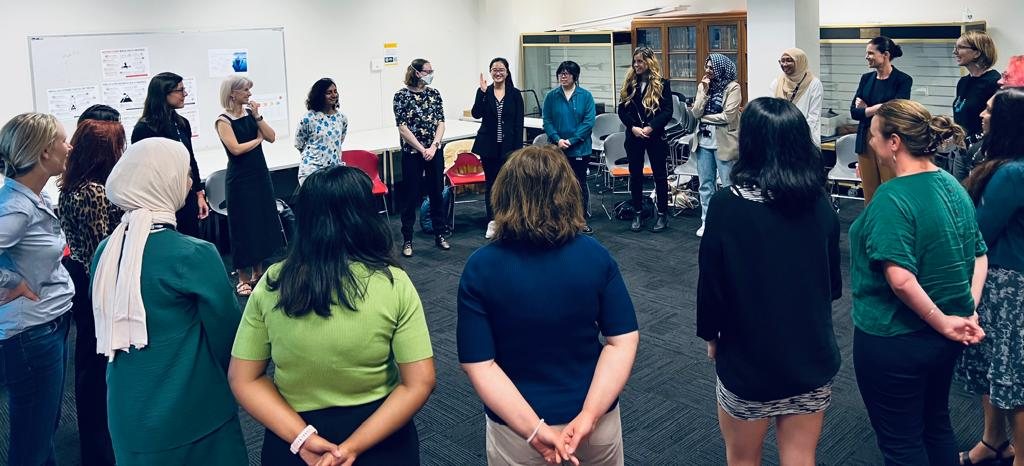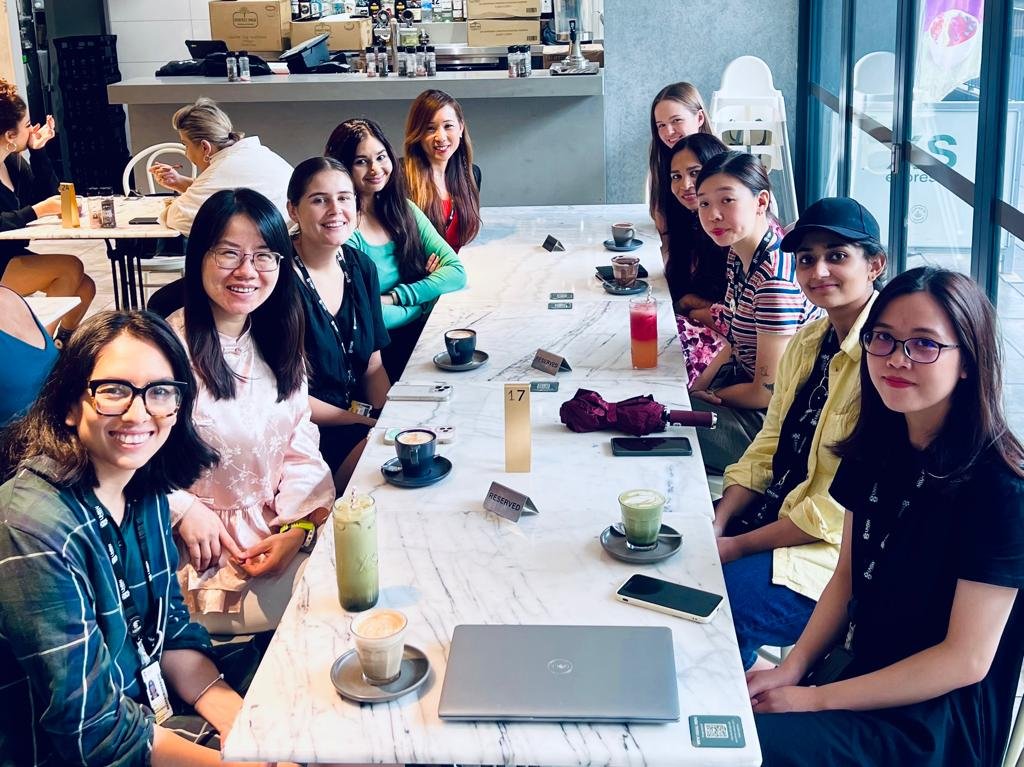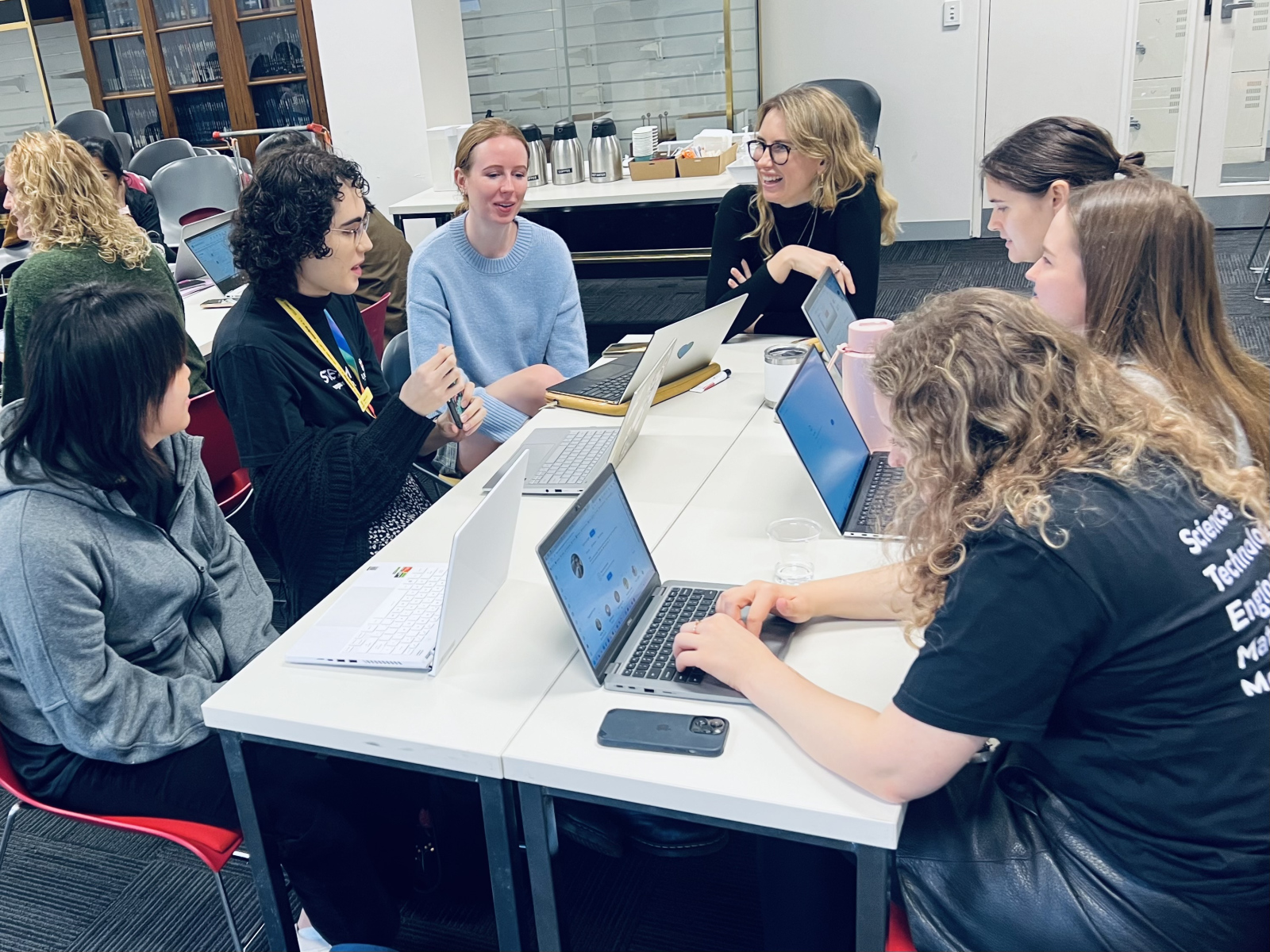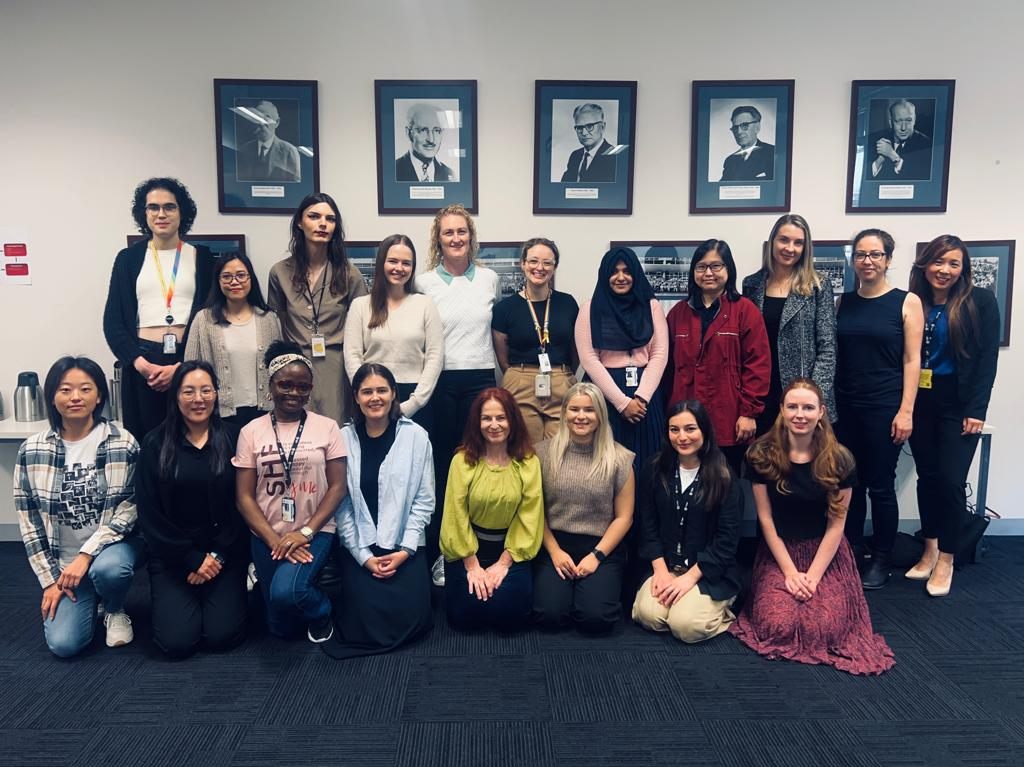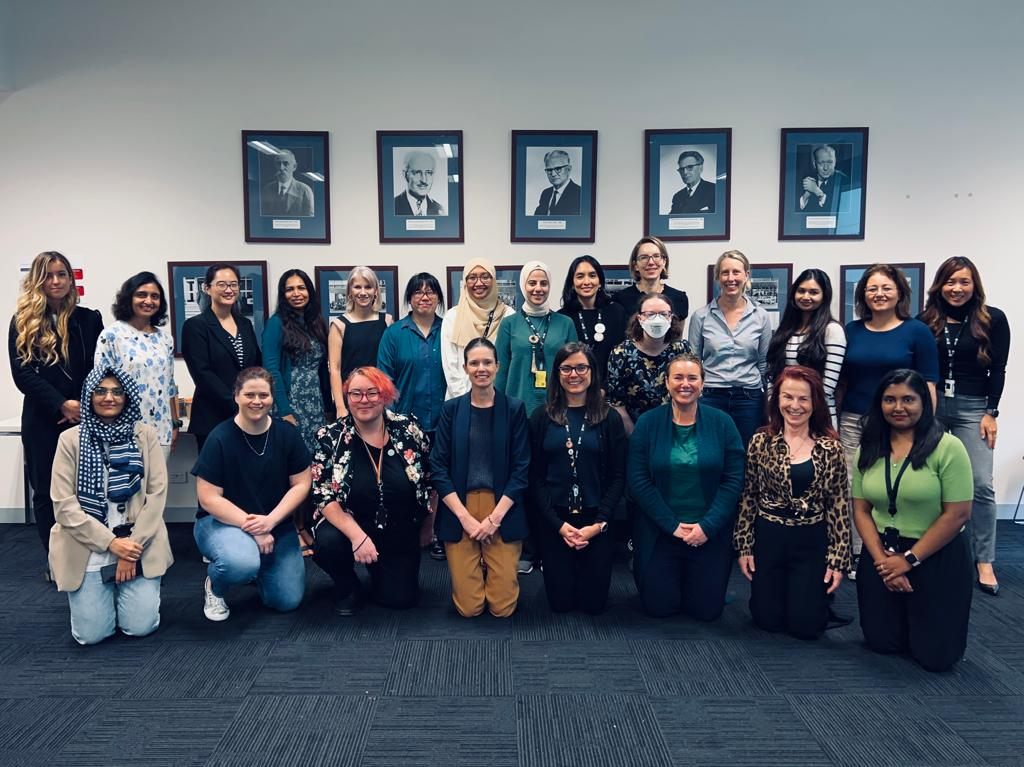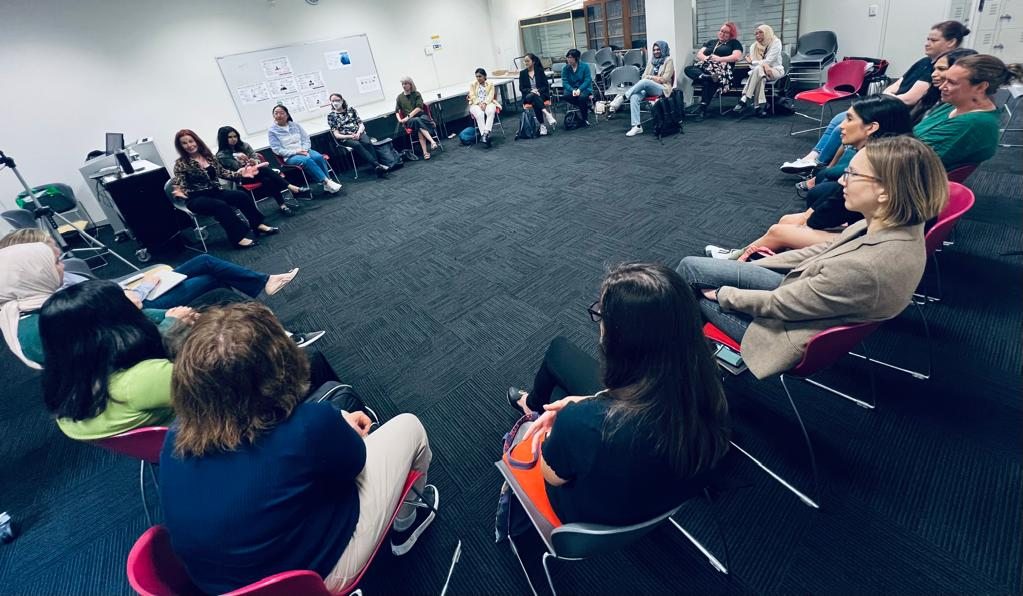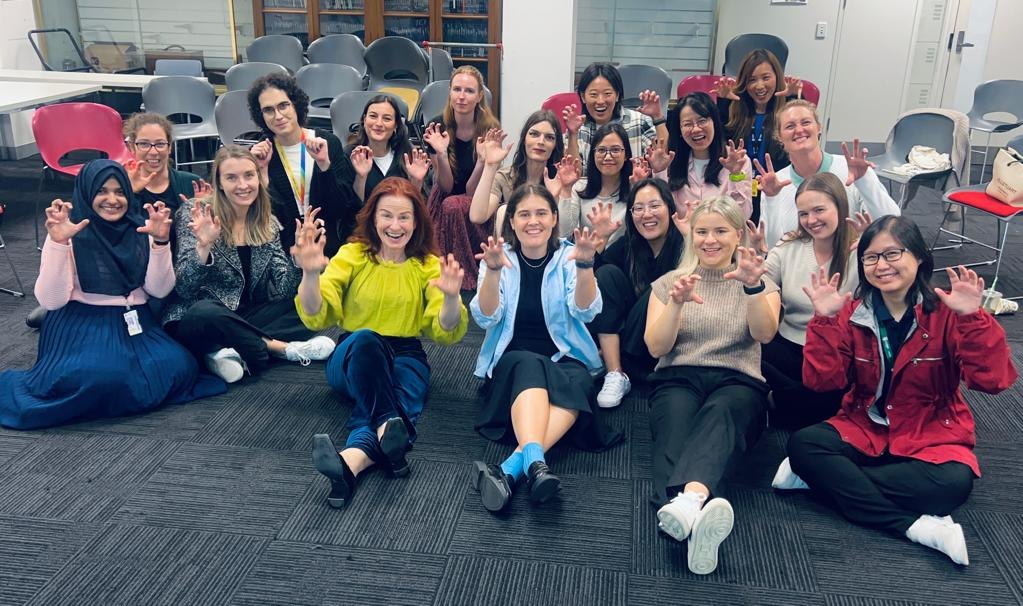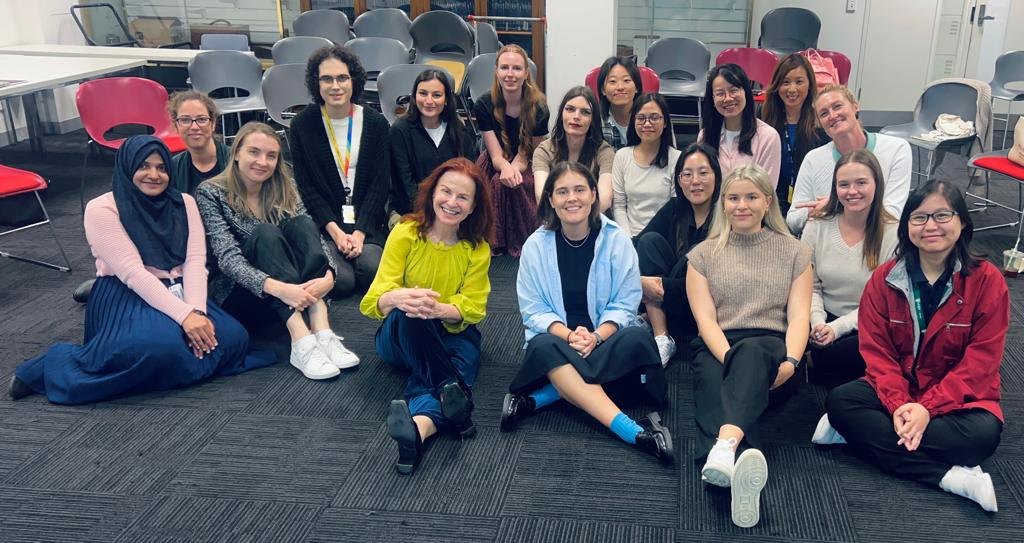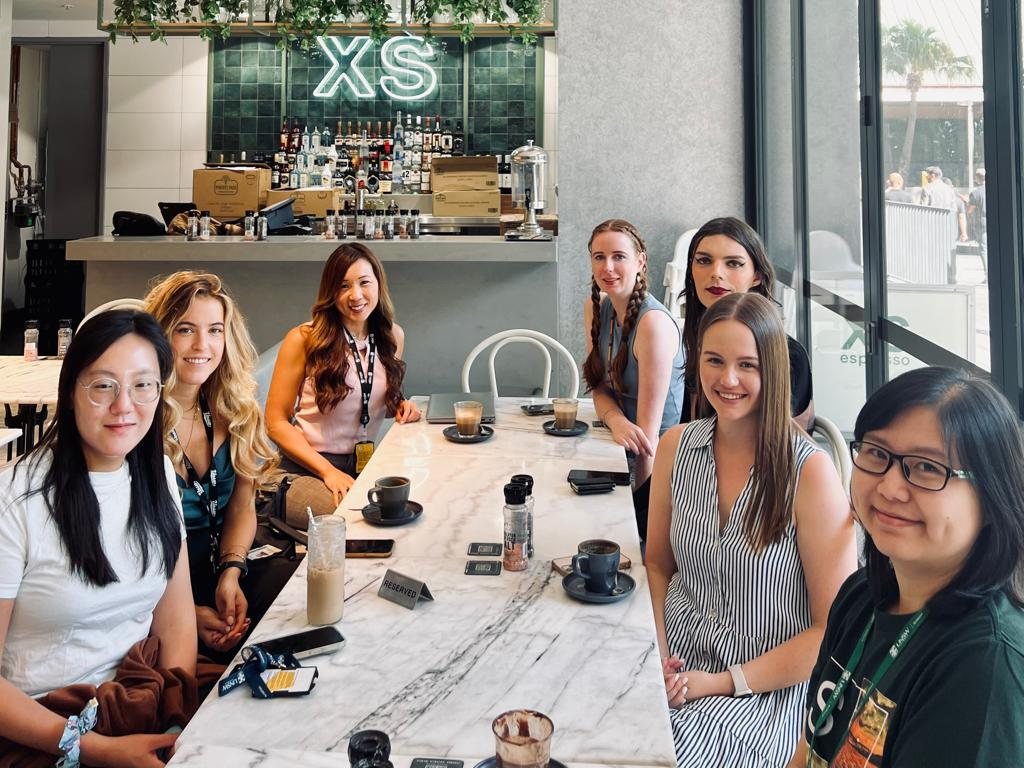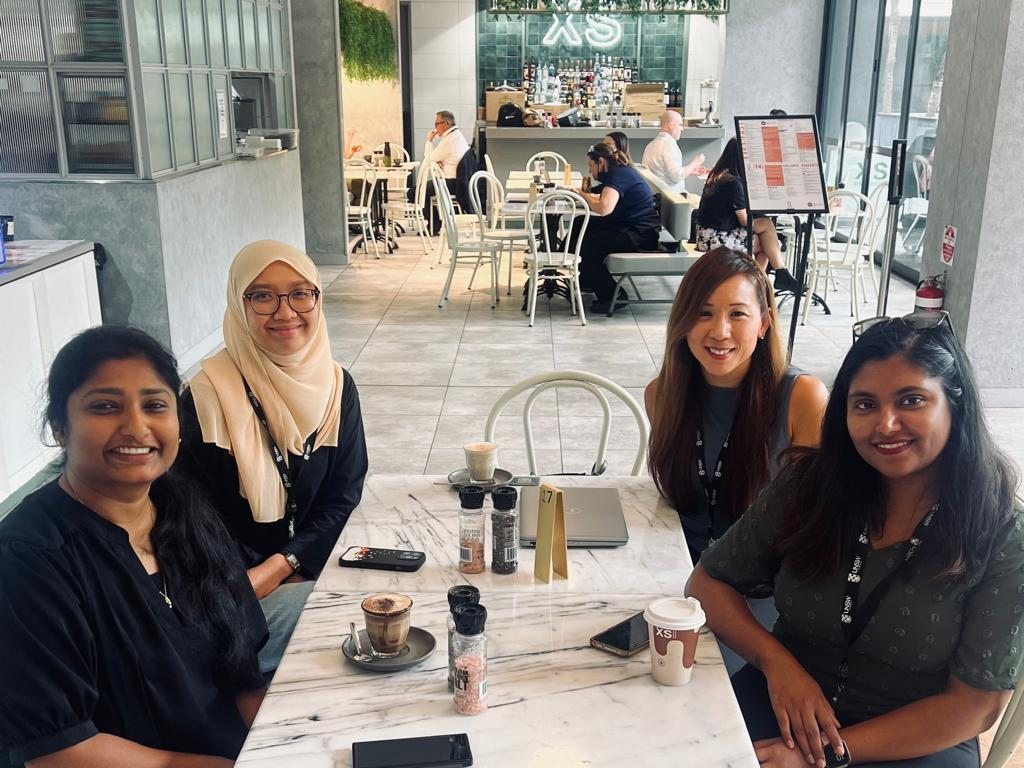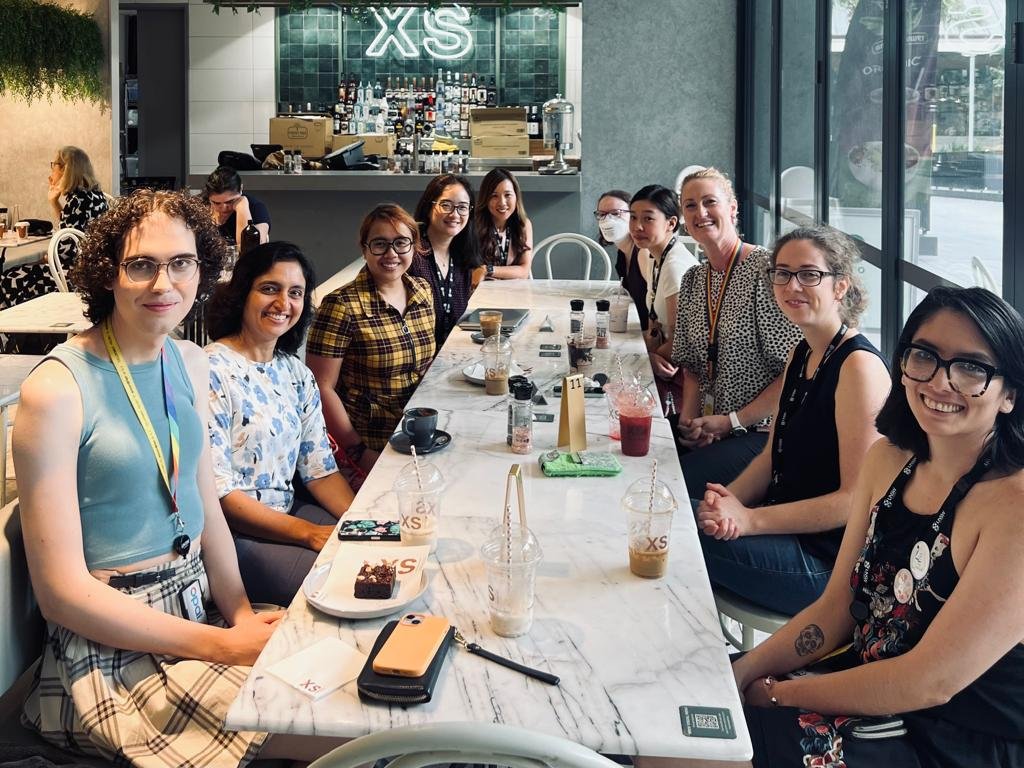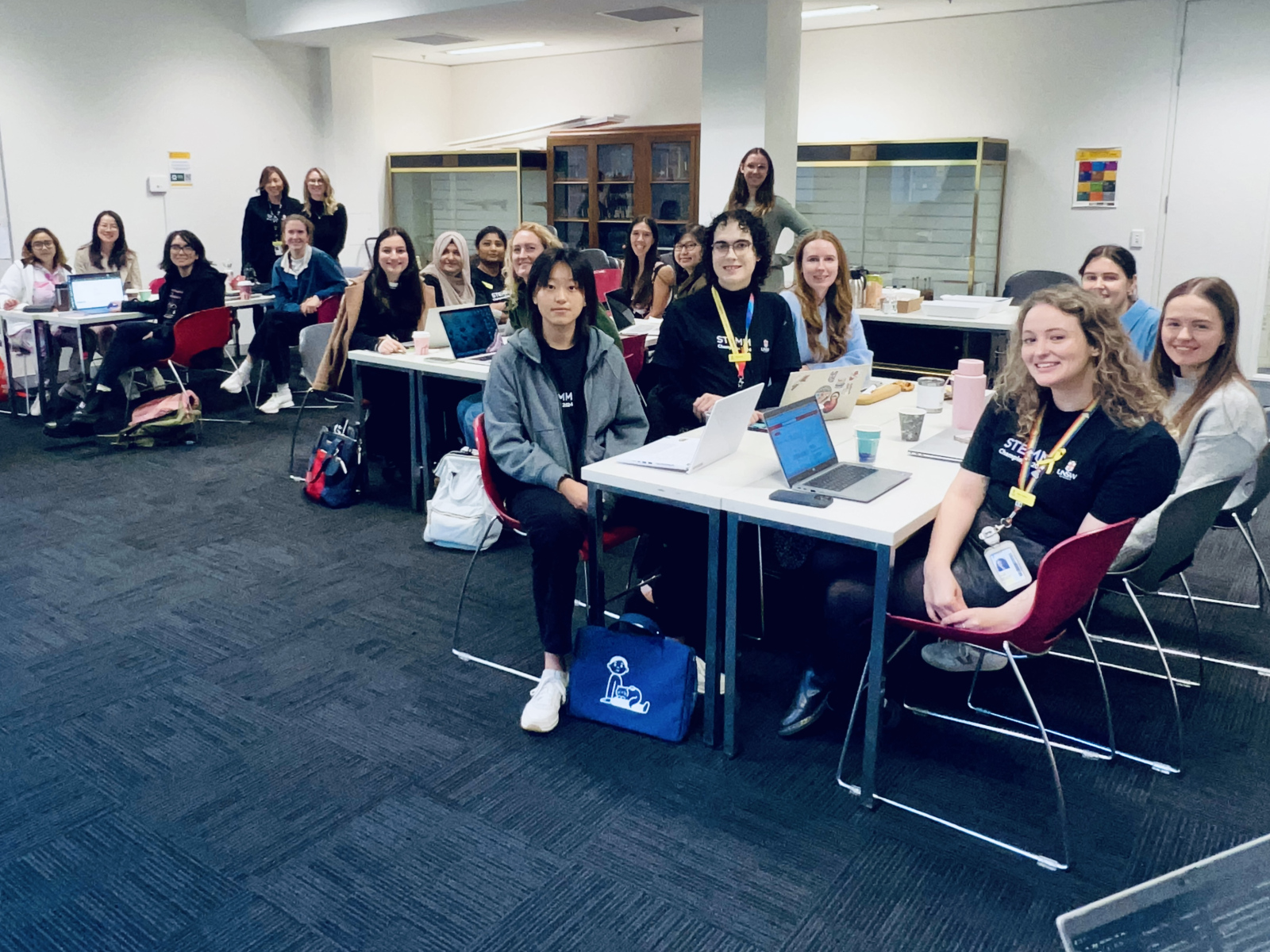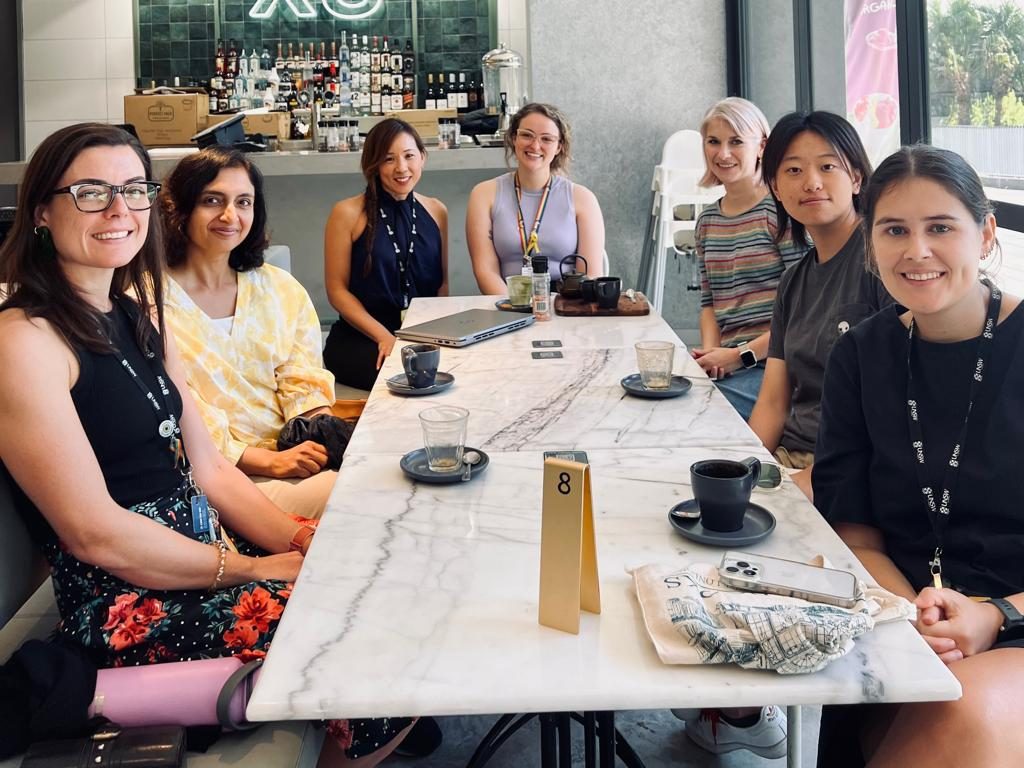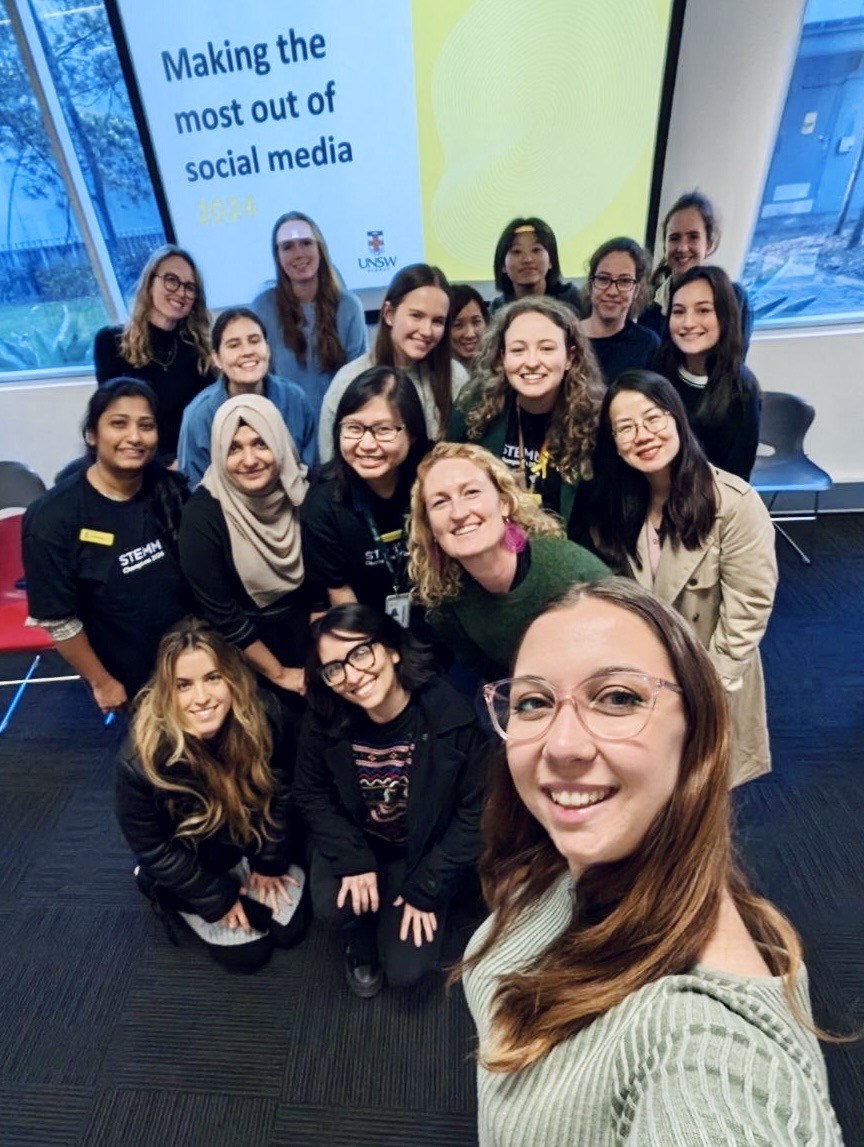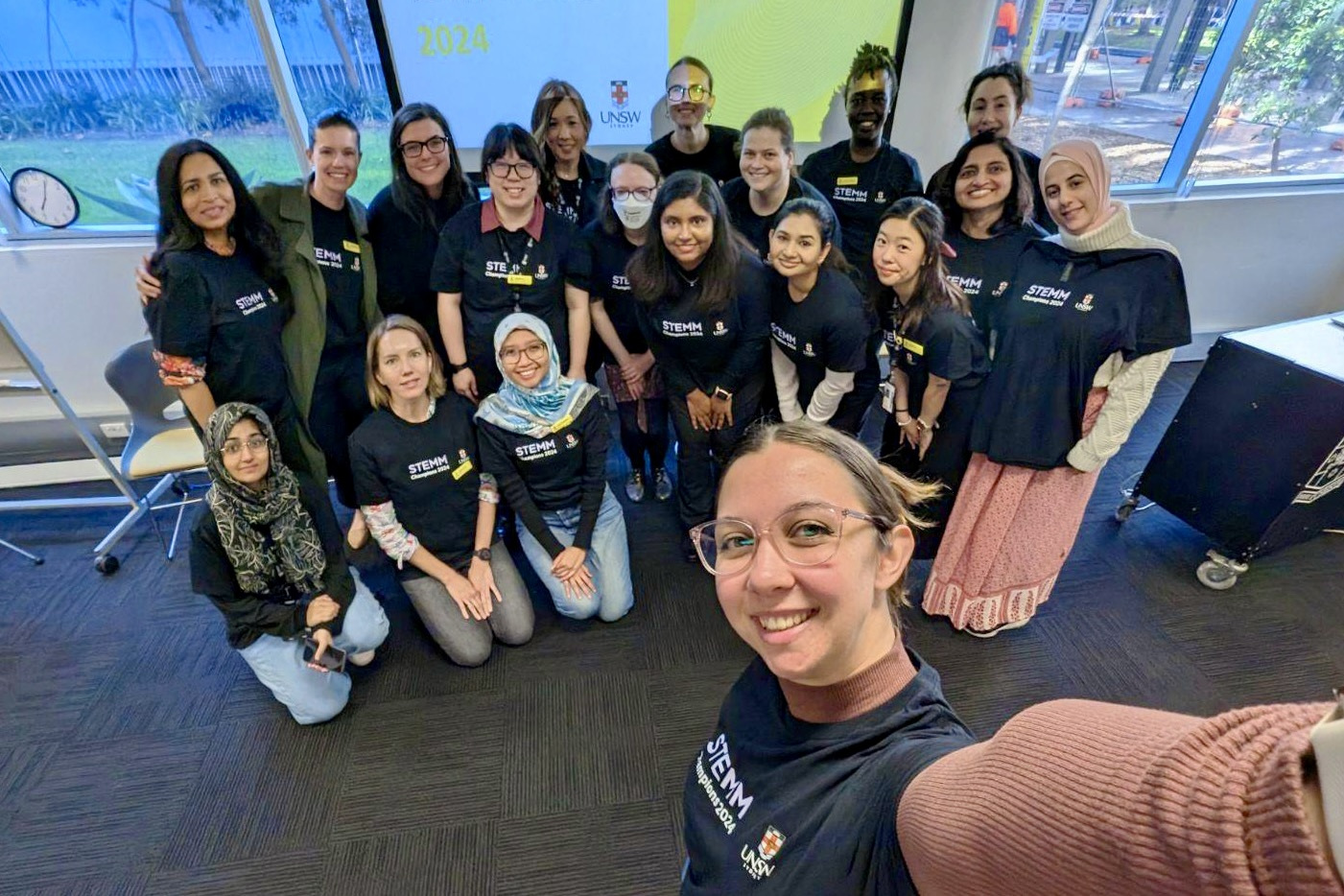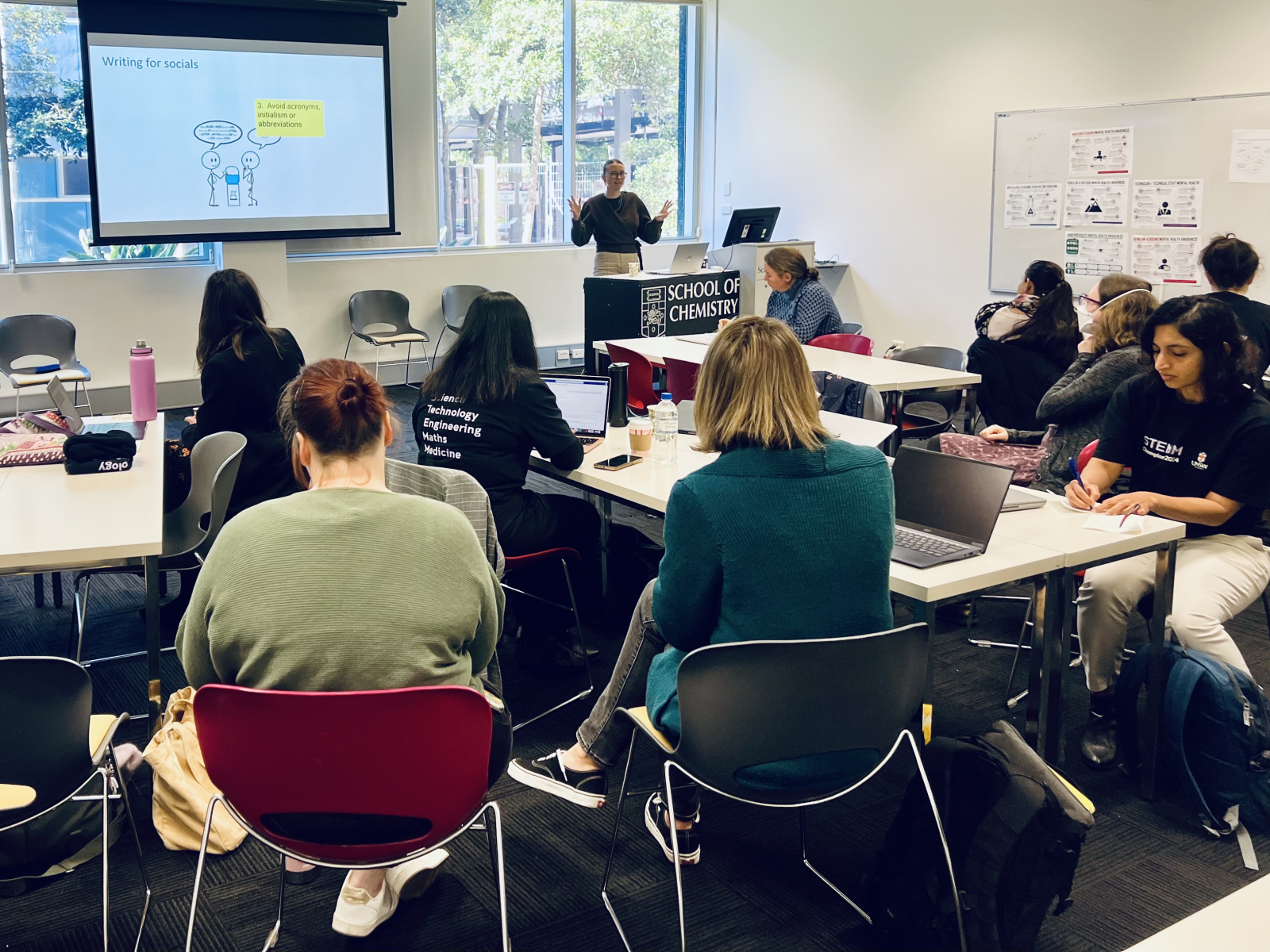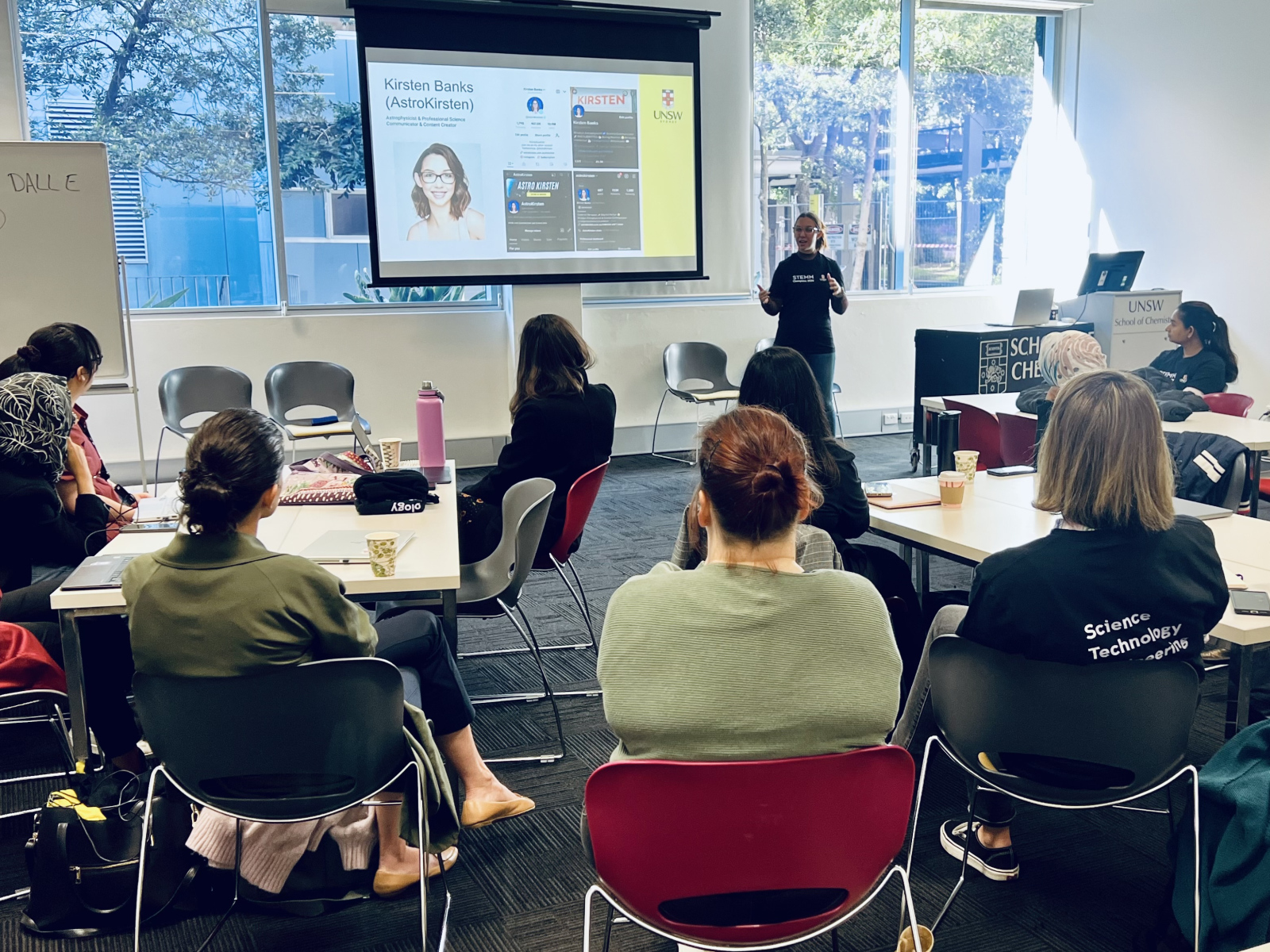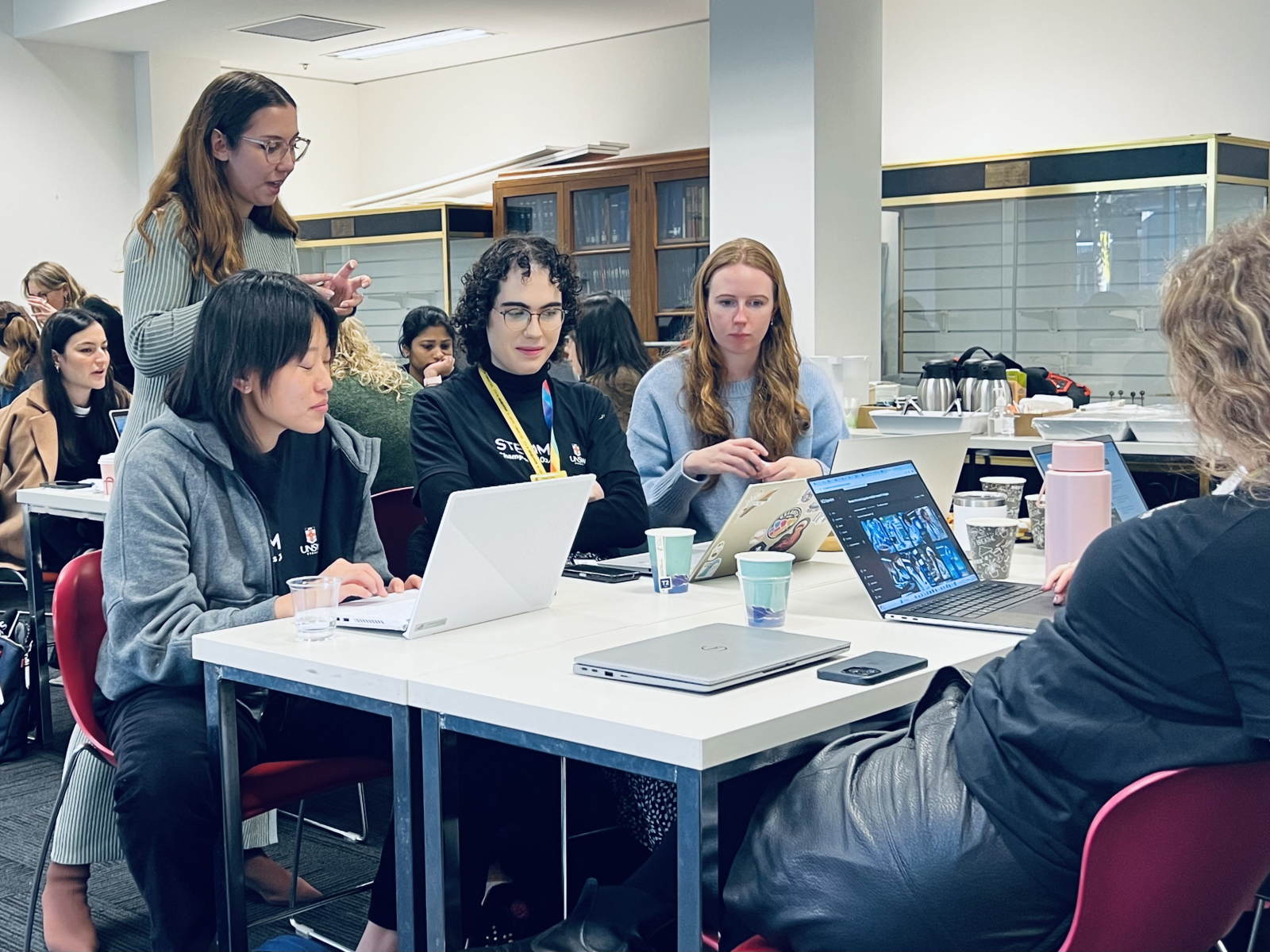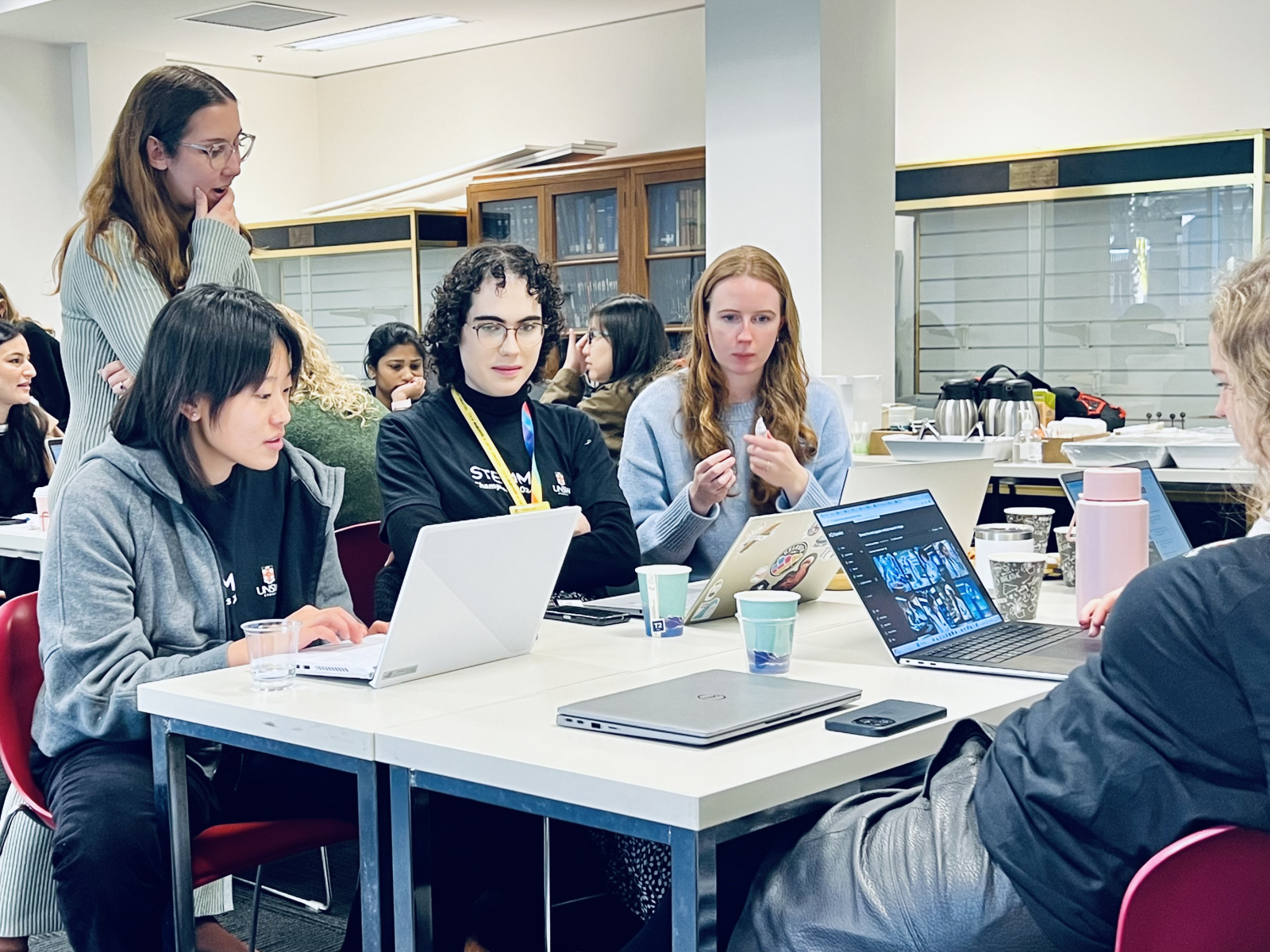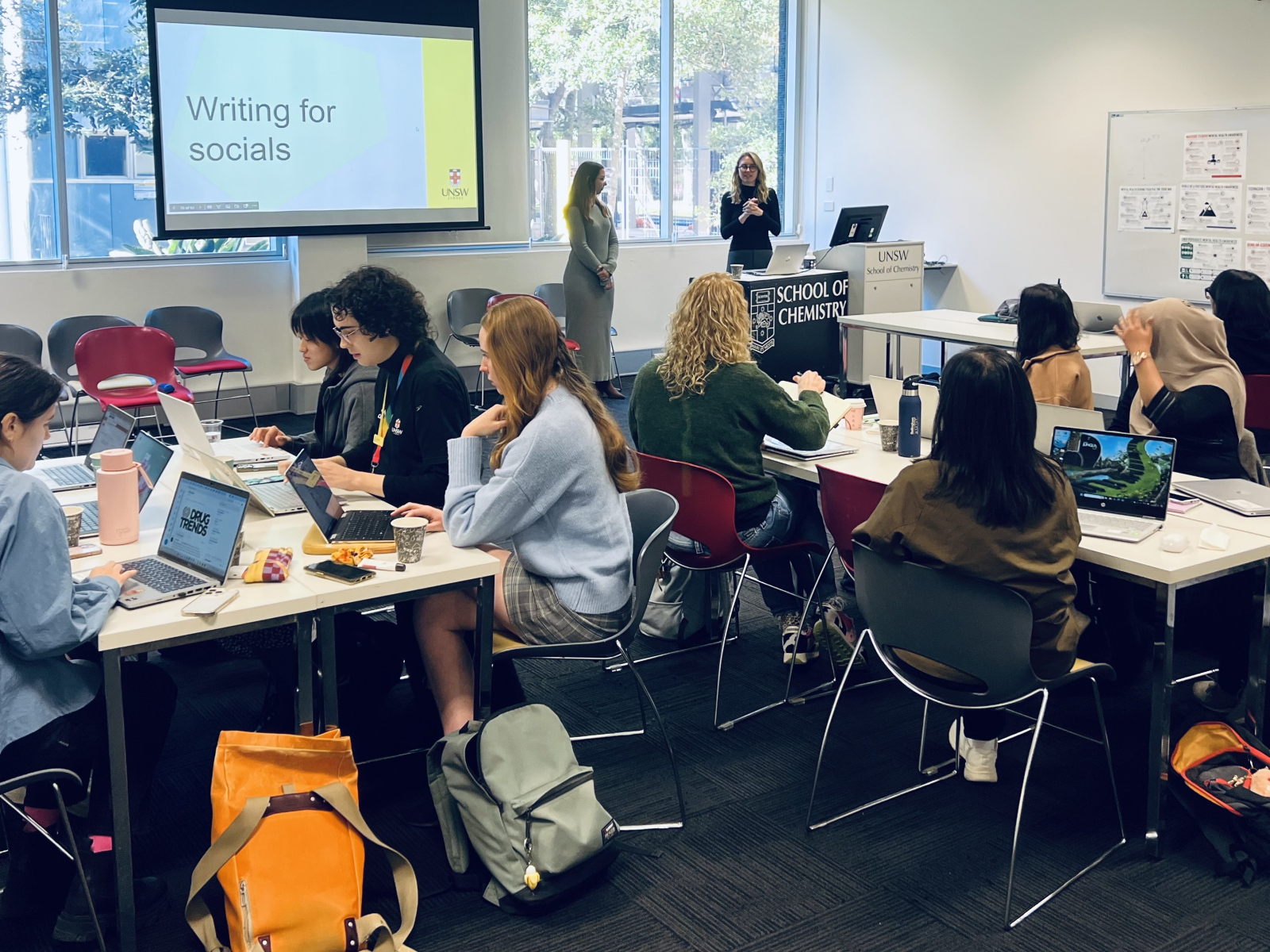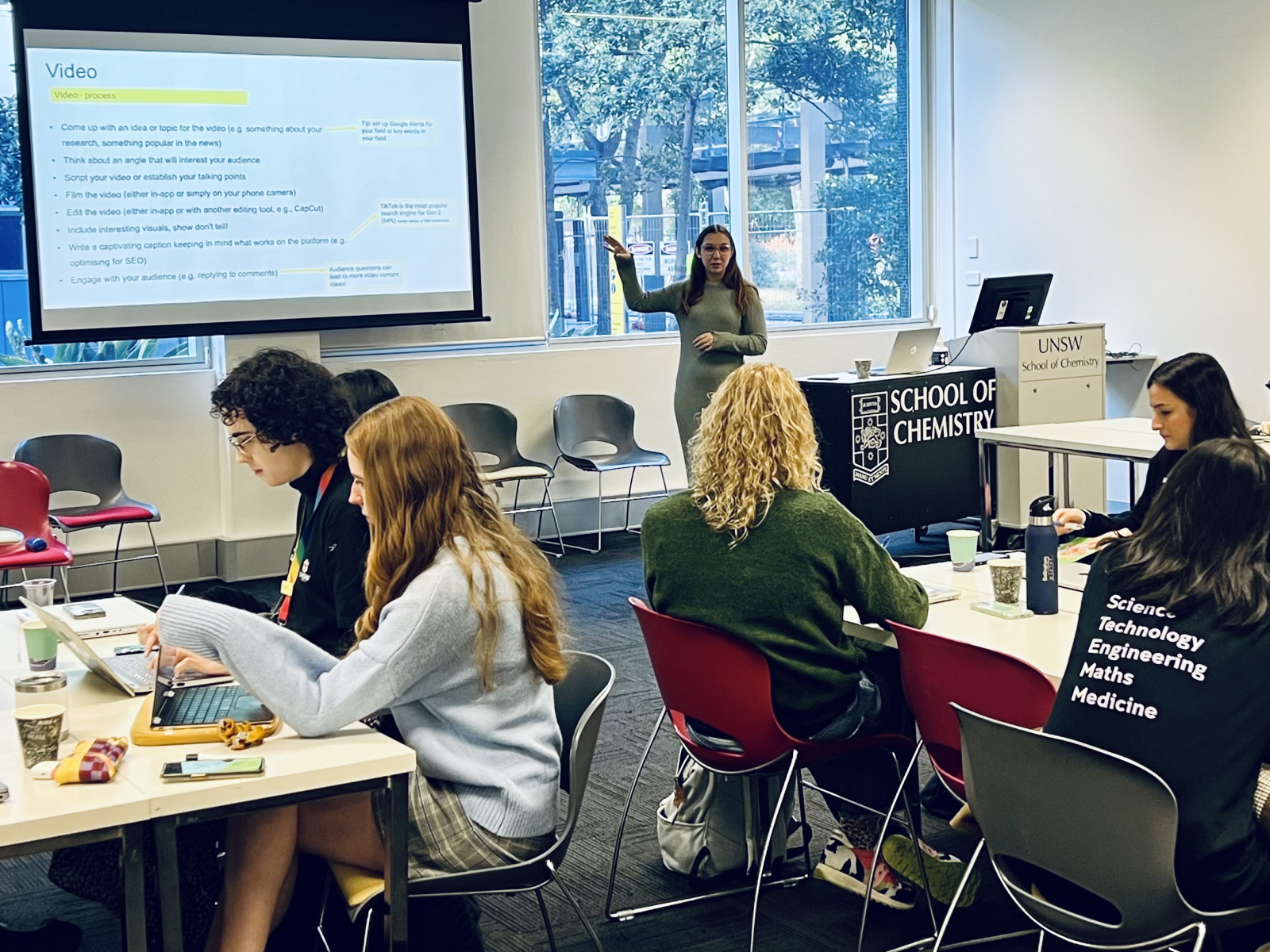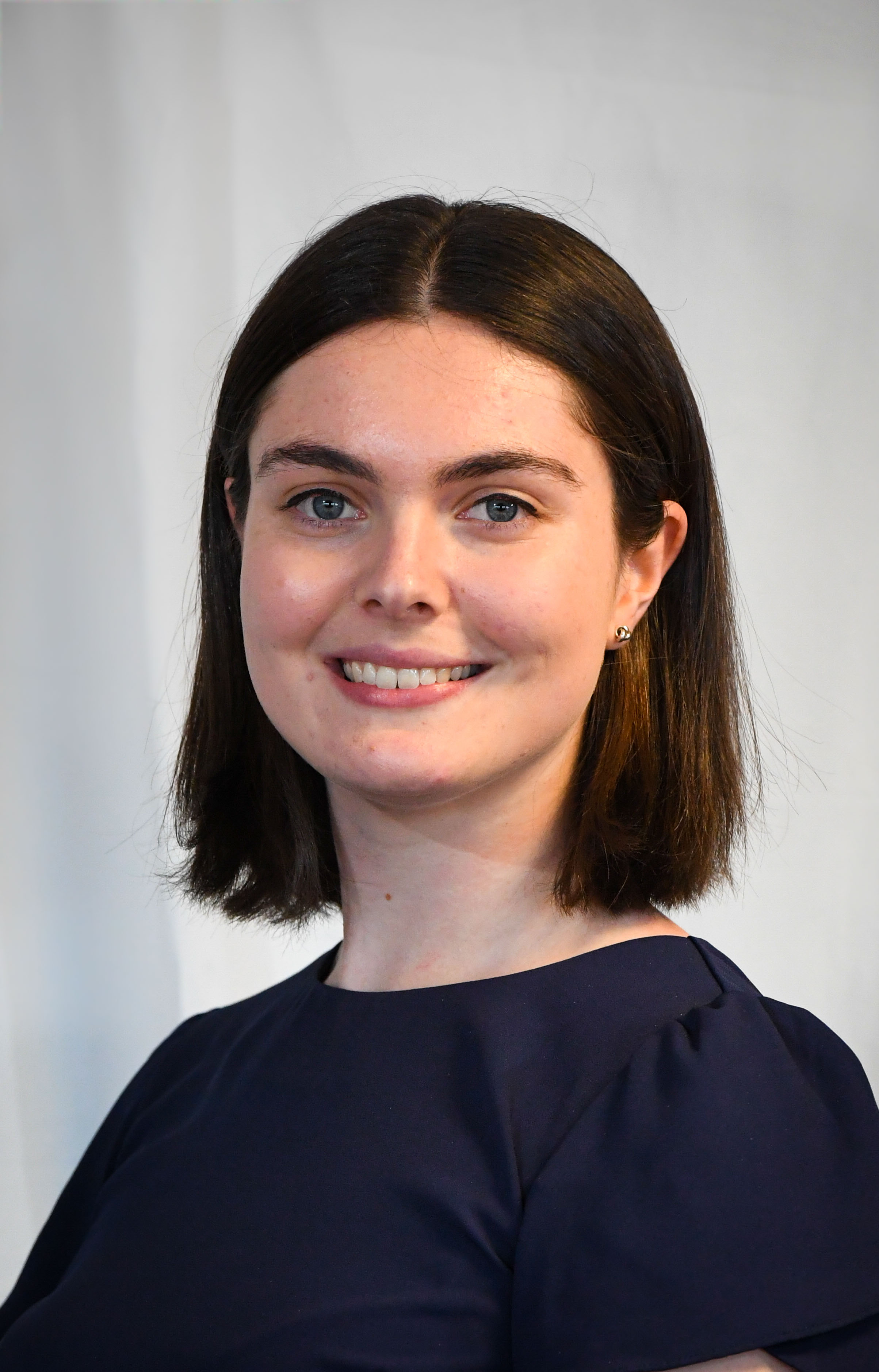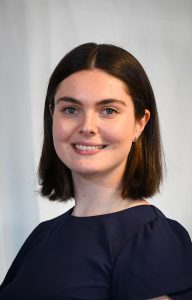By Dr Lisa Nivison-Smith
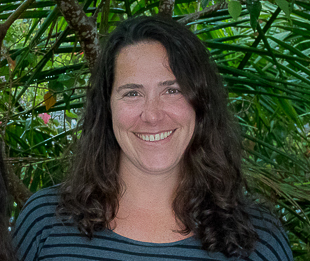
Meet Mariana Mayer Pinto-marine biologist, UNSW Scientia fellow, yoga enthusiast and STEM advocate. With a love for the sea from a young age, Mariana has travelled from one side of the world to the other (Brazil to Australia) to pursue her passion in marine biology, now leading projects to remediate seawalls into environmentally friendly structures. When she is not conducting research, Mariana loves to read, spend time at the beach with her toddler and of course, inspire the next generation of female marine biologists!
What is your official title?
I am Dr Mariana Mayer Pinto. I am marine biologist and a Scientia Fellow at UNSW.
What does your current research focus on?
My research is mostly focused on human impacts in the marine environment and how can we use science to mitigate these impacts, such as pollution and urbanization. One of my current major projects is investigating ways in which existing seawalls can be modified into ecologically friendly structures.
Why did you become a marine biologist?
Since I was a little girl, I was fascinated by the sea and its creatures. I used to watch with my parents the TV show of Jacques Cousteau and loved his work. Also, biology was also one of my favourite subjects throughout high-school. After many doubts and internal conflict, I decided to finally pursue my dream and enrol at the Biology course at the Federal University of Rio de Janeiro, where I did my undergraduate. I never regretted my choice.

What’s the biggest misconception about your field of research?
That all marine biologists swim with dolphins everyday! Although many of us do work with dolphins and whales, there are also many marine biologists working on a wide variety of plants and seaweeds and animals that range from bacteria and micro-algae, to small crustaceans (e.g. amphipods), colourful bryozoans (which, unfortunately, many people have never heard of) and different sizes and types of fish (including sharks). Our work also involves a lot of time inside a laboratory processing samples and sitting in front of a computer analysing data. For this, we need to know a lot about maths and statistics – which is actually fascinating, once you lose the initial fear of it!

When you are not doing research, what else do you like to do?
I love spending time with my family and friends. I have a 3-year old son that keeps me super busy! On sunny days, you are very likely to meet me at one of the beautiful Sydney beaches, hanging out with my friends and family. I also like to exercise, in particular yoga. I think it’s a great way to release the stress and keep me fit to keep up with my son. I’m also an avid reader! I love crime books, from Agatha Christie to the most modern ones (e.g. J. K. Rowling)! This is a passion I share with my mum. Even though she lives in Rio de Janeiro, we still love to exchange books and trying to guess who killed who.
Why did you join the UNSW Science and Maths Women Champions?
I was always fascinated by science. Growing up with parents who were both chemists, I was constantly surrounded by beakers, and my father used to conduct small experiments to teach me all sort of things (e.g. how oil and water don’t mix). I have been fortunate to have had strong male and female figures throughout my personal and professional life, who made me believe I could achieve anything I set my mind on, by working hard towards my goals and respecting others. I strongly believe that role models are very important to inspire and encourage women from different cultural and socio-economic backgrounds to pursue scientific careers, which are many times (erroneously) seen as more appropriate for men. As the saying goes: ‘you can’t be what you can’t see’. So, it is an honour to be able to retribute all the support I had, and hopefully be a figure that guide and encourages young women to reach their full potential and achieve their goals and dreams, in particular, through adversity
What do you want for the future of your field?
In addition, I would really like to make a difference in the ‘real-world’, by driving significant changes in conservation and management policy. I believe that high quality science is the best way to drive innovation and change and reach excellence inside and outside Academia, e.g. by educating the general public and our future scientists as well as by directly influencing policy and legislation. And, I strongly believe that in order to produce high quality research, we need a diverse environment, with men and women alike from different cultural and social backgrounds. So, I think this is a really important program and I’m super proud to be part of it.
More information on Mariana’s research can be found here
Follow Mariana on Twitter
Follow Lisa on Twitter

